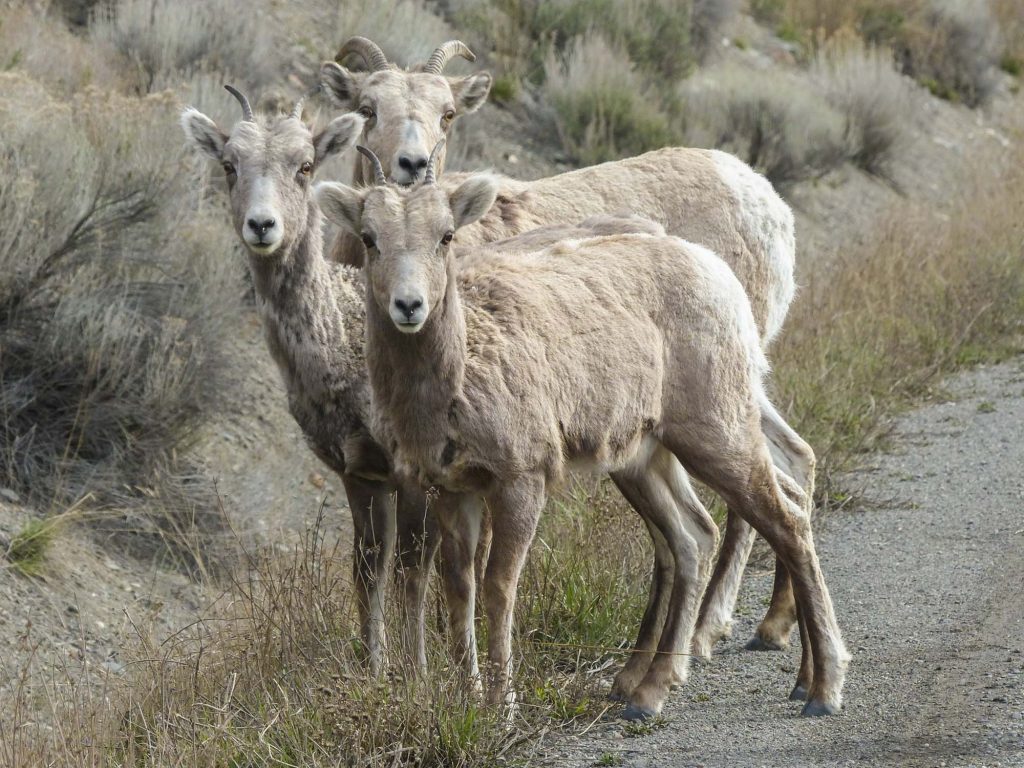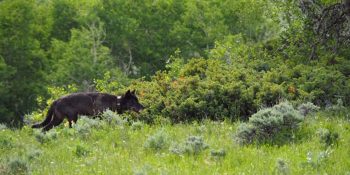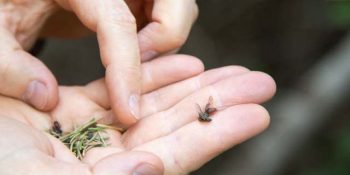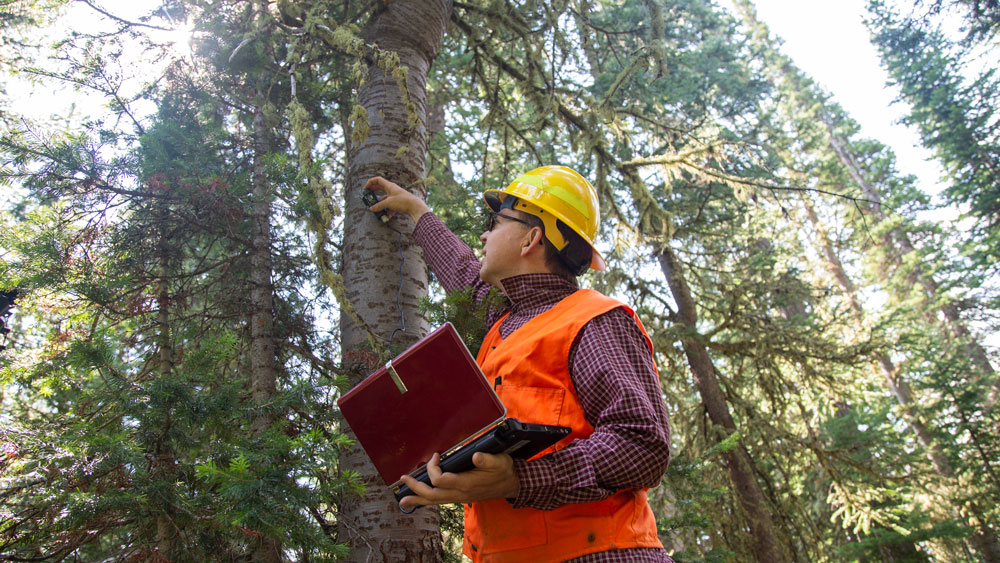DENVER — Every year thousands of residents and tourists drive up the highest paved road in North America located at Mount Evans to be on top of one of Colorado’s 54 14ers, those that soar over 14,000 feet in elevation.
Colorado Parks and Wildlife reminds those that ascend up the Mount Evans Scenic Byway (Colorado Highway 5) to its peak elevation of 14,264 feet to do their part in helping keep wildlife wild by not feeding any animals they encounter and keeping a safe distance from them.
Staff with CPW, United States Forest Service and Denver Mountain Parks have observed an increasing trend in habituated mountain goat and bighorn sheep behavior. It is likely a result of people feeding wildlife or getting to close to them while taking pictures.
“We have been taking a collaborative approach with the Forest Service and Denver Mountain Parks to help combat an increase in human-wildlife conflicts we are seeing at Mount Evans,” Wildlife Officer Joe Nicholson said. “The agencies will be up there all summer monitoring activity and actively enforcing or using aversive conditioning techniques with the hope that we can curb small problems from growing into worse or even dangerous encounters.”
The most commonly observed unnatural behaviors seen during the 2018 season were mountain goats and bighorns licking vehicles for the salt on them, putting heads inside open car windows, running toward the sound of crinkling food wrappers, running towards people holding food, entering restrooms and tolerating large groups of people surrounding them to take photographs and videos from unsafe distances.
“People have gone as far as attempting to pick up mountain goat kids and we have seen groups of mountain goats surrounding and following people, which is far beyond the natural behavior of these animals,” Nicholson said.
Just last week video surfaced of a mountain goat climbing on top of a SUV, hanging out on its hood for a couple of moments before moving on.
These increasing conflicts and the ones in close proximity can be very dangerous, and even deadly. In 2010, a 63-year-old hiker was killed by a mountain goat in Olympic National Park in Washington.
With the escalating problems of wildlife-human interactions on Mount Evans, CPW has started implementing tactics to help prevent dangerous encounters by discouraging animals from coming up to vehicles or people. Wildlife officers have focused on reinstating the natural fear of humans by using hazing tactics on the wildlife. The hazing tactics used include sound and direct contact from tasers, cattle prods, paintball guns and employing the use of K9 Samson to haze offending animals away from people and cars.
Other indirect interactions between humans and wildlife have shown a disturbing trend.
“We have growing concerns over the health and wellbeing of mountain goats and bighorns that come into contact with human and domestic waste both at restrooms and along heavily used trails,” said Lance Carpenter, wildlife biologist with CPW who has conducted the radio-collared studies on the mountain goat herds on Mount Evans. “Data from our 2015-17 study showed that the collared mountain goats are selecting for higher elevations. It is at these high elevations that are also heavily used by people up there where potential problems exist.”
In late August 2013, an unknown disease outbreak caused severe diarrhea in mountain goat kids and yearlings. Almost an entire age class of mountain goats died, which caused a population decline. Necropsies were conducted on several sick mountain goats and fecal samples that were collected. The lab results indicated that mountain goats had high loads of E. Coli.
In 2018, CPW euthanized a sick kid that showed the same symptoms as observed in 2013-14 with extreme diarrhea. Then already this summer, wildlife biologists are monitoring another sick mountain goat with similar symptoms.
CPW has recommended the United States Forest Service and Denver Mountain Parks construct physical barriers around the restrooms to prevent access to the area by mountain goats and bighorns. CPW has also recommended salt not be placed around bathrooms, parking lots and pathways on Mount Evans.
“Salt is a strong attractant for mountain goats and bighorn sheep, so we are recommending using alternative substances that will address visitor safety when ice is present, but not attract wildlife to these high visitor use areas,” Nicholson said.
CPW will also have volunteer crews up at the summit this summer to educate people about the animals they may encounter and help disrupt any improper behavior, like the feeding of wildlife or taking selfies with them.
The goal through these multiple efforts and collaboration between agencies is to see a reduction between wildlife and human interactions, which will help keep the wildlife wild and safe on Mount Evans.
SPREAD THE NEWS
COMMENT, Like, Follow & SHARE @I70Scout














